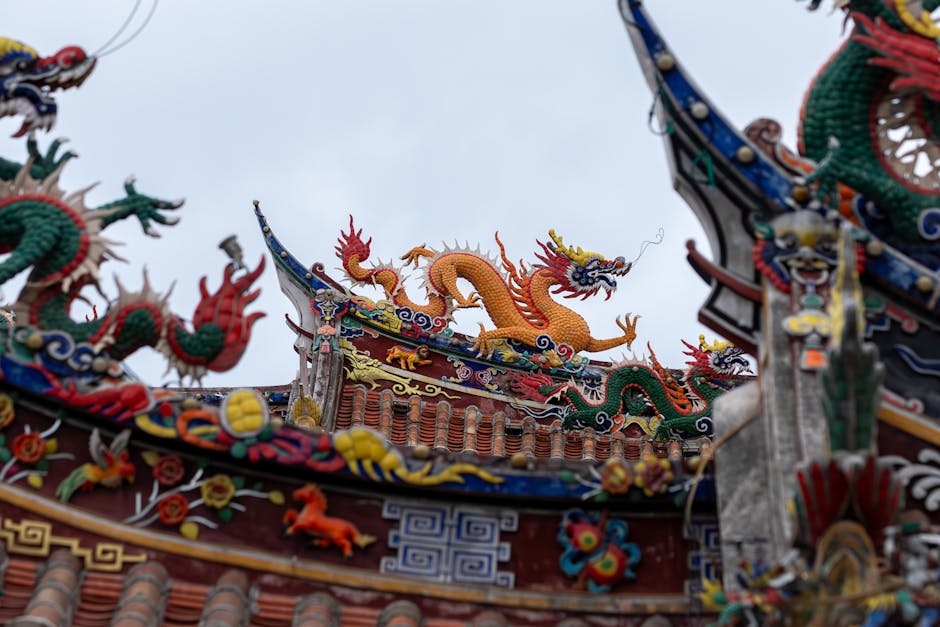The diplomatic chill between Asia’s two largest economies, China and Japan, has descended into a frosty silence following a high-stakes security dialogue in Tokyo. The recent talks, intended to manage escalating regional tensions, appear to have achieved the opposite, culminating in a senior Chinese diplomat returning to Beijing “profoundly dissatisfied.”
This public declaration of failure is more than just diplomatic theatre; it is a stark signal that the fault line over Taiwan is widening, threatening to pull the entire Indo-Pacific into a more volatile era.
The ‘Red Line’ Over Taiwan
At the heart of this diplomatic impasse lies the fiercely contested issue of Taiwan. For Beijing, Taiwan is a non-negotiable “red line” and an internal matter that brooks no foreign interference. China’s leadership has repeatedly stated its goal of “reunification,” by force if necessary, viewing any perceived encouragement of Taiwanese independence or military support for the island as a direct challenge to its core interests.
Japan’s Shifting Security Stance
From Beijing’s perspective, Japan has been crossing this red line with increasing frequency and boldness. Tokyo’s recent security posture marks a dramatic departure from its post-war pacifism. Stirred by Russia’s invasion of Ukraine and China’s growing military assertiveness, Japan has committed to doubling its defence spending and has begun openly linking its own security to that of Taiwan.
The famous words of the late Prime Minister Shinzo Abe—”a Taiwan emergency is a Japanese emergency”—have evolved from a provocative statement into a cornerstone of Tokyo’s strategic thinking. This stance was further solidified at the recent G7 summit in Hiroshima, where leaders collectively warned against any unilateral change to the status quo by force in the Taiwan Strait.
A ‘Profoundly Dissatisfied’ Diplomat
The Chinese delegation, led by Director-General of the Asian Affairs Department Liu Jinsong, reportedly came to the talks expecting Japan to soften this rhetoric. Instead, they were met with a firm reiteration of Japan’s position. Liu’s “dissatisfaction” is a coded message, signifying that Japan refused to yield to Chinese pressure. It is Beijing’s way of publicly holding Tokyo responsible for the breakdown in communication and warning of consequences.
Indo-Pacific Implications: A Bellwether for the Region
This escalating tension is not happening in a vacuum and serves as a critical bellwether for the region’s future. It mirrors the broader strategic competition unfolding across the Indo-Pacific, where an increasingly powerful China is testing the resolve of established powers and their alliances. Japan’s firm stance, backed by its treaty alliance with the United States, is a crucial test case for the viability of a collective front to counterbalance Chinese ambitions.
This dynamic directly impacts the strategic logic behind groupings like the Quad (India, US, Japan, Australia). The shared concern over Beijing’s territorial claims and disregard for the rules-based international order—whether in the South China Sea, the Taiwan Strait, or the Himalayas—is the glue that binds these disparate democracies together.
As the dust settles on these failed talks, the outlook is grim. Diplomatic channels are strained, military posturing is on the rise, and the potential for miscalculation grows. The return of a “dissatisfied” diplomat may seem like a minor event, but it is a worrying tremor from a geopolitical fault line that places the fragile peace of the Indo-Pacific in the balance.




